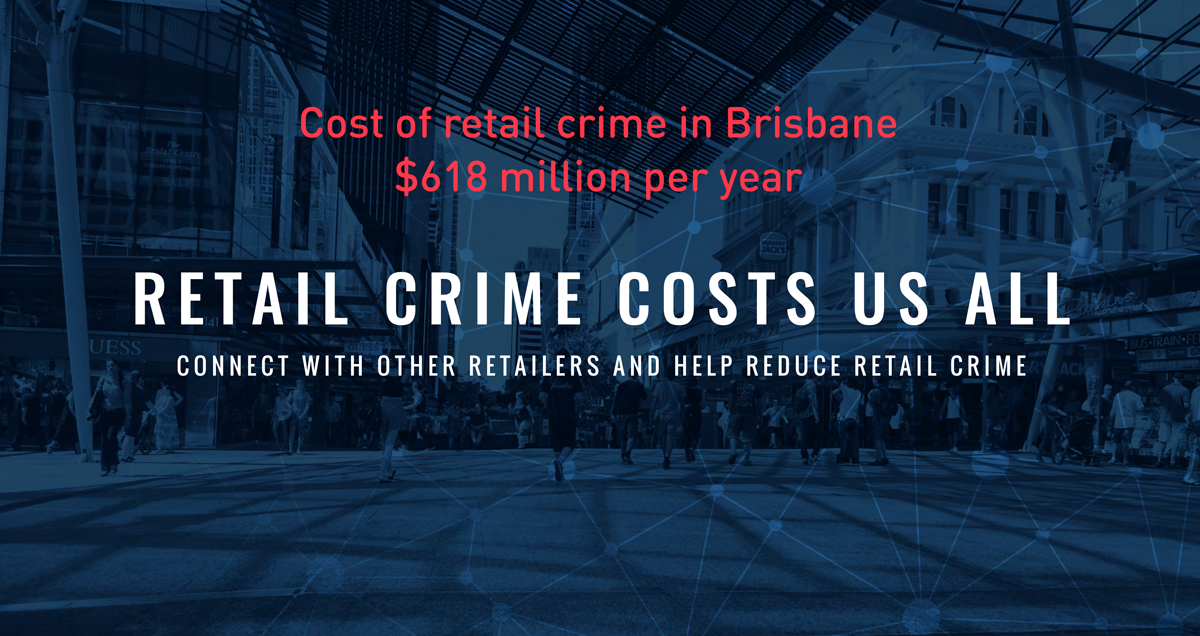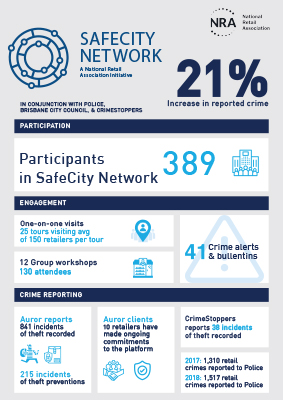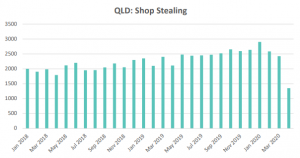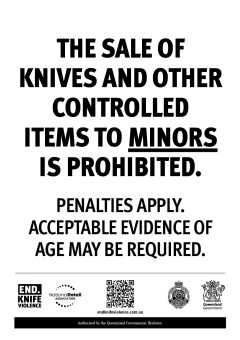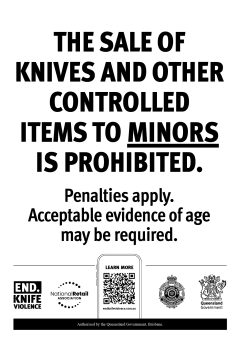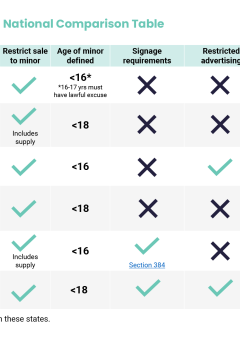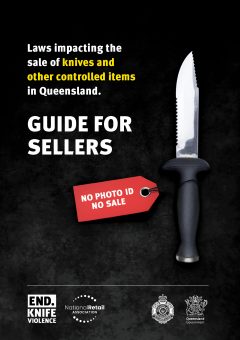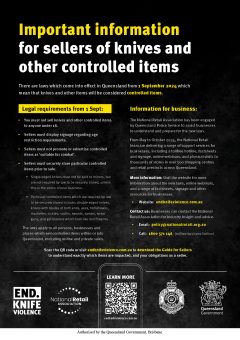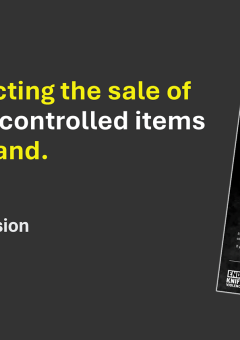When thinking about threats to your retail store, shoplifting is probably number one, right? The idea of someone swiping hundreds of dollars of products into a giant bag and walking out with them is horrifying, isn’t it? Well, unfortunately, there’s a threat that might be even higher on your list: your employees.
A global study of retail theft found that employees who steal from retailers average $1,890.00 in theft, while the average shoplifter will only take about $438. That’s pretty shocking. Of course, it should be emphasised that it is only a small minority of your employees who will actively steal from you. I would also like to add that many of your well-meaning employees may accidentally contribute to your losses by making errors during inventory count or misunderstanding policies or discounts and giving them at the wrong time.
Types of employee theft in retail
There are numerous ways an employee can actively steal from a retailer these days, but here are few main ones:
Stealing Products
Employees might steal products from you, whether to keep for themselves or to sell somewhere on the internet. One classic method for stealing products is to hide something in the trash when they take it out, which they will retrieve from the dumpster later. Employees may also hide small items on their person or in their bags.
Gift Card Theft
Gift card theft is very popular these days, largely because it’s difficult to detect. There are various methods to pull off this scam, but typically, employees will issue fake refunds to gift cards they will keep. They may also give a customer purchasing a gift card a blank gift card while keeping the loaded one. This form of fraud is dangerous.
“Sweethearting”
“Sweethearting” is when a cashier will opt to not ring up goods that a friend or family member wishes to take from the store. It can also be when a cashier falsely gives their store discount to their friends or family members.
Identity Theft
This final method of internal theft may not be directed against the store, but is within the same grouping of activities and could cost your store its reputation. Retail employees have ample opportunities to steal customers’ identities. An employee may have hundreds of opportunities a year to keep a customer’s SSN and credit card information.
Skimming
Employees have been skimming off the top of the cash drawer for years. Employees who know that you won’t care about a discrepancy of a few dollars in the cash drawer may take advantage of you by slowly skimming quite a large amount of cash over time.
Why do Employees Steal?
There are likely as many reasons as there are thieves but often, it’s a disgruntled employee. Perhaps they’re stealing for revenge on the store for some reason. Perhaps it’s because they think they deserve a raise that they haven’t gotten. Perhaps it’s because they are in a bad way financially and really need help. But not all employees steal for these reasons either. Some, like those who participate in “sweethearting,” may believe that they’re just helping out a friend with their employment perks. Some, may not even realise that they’re actually stealing from the store.
How to Prevent Internal Theft
The first thing to know is that it’s best to simply prevent these situations from happening. Once an employee is actually stealing, it can be a tricky situation to handle. It can even be a dangerous situation for the person who confronts the thief.
- Run background checks on all new employees.
- Running a background check is a fairly standard process that will help you weed out any clear bad eggs up front. Mikal E. Belicove from Forbes has some good tips: He suggests that while you do use background checks, don’t use “the box.” That means, don’t ask someone if they have a criminal background on their paper application just to weed people out. Conduct interviews first and get to know someone first to avoid unnecessary discrimination.
- Be consistent and run the same process on each applicant.
- Look for patterns, rather than a single good or bad act.
- Use a professional agency.
- Ensure that all employees are well-trained on policy to prevent accidental loss.
As previously mentioned, employees might make mistakes on the job. Whether it’s entering the wrong number of inventory or giving the wrong discount, mistakes happen and they can really add up.
Work with your employees so that they know your policies and check their work.
- Institute modern inventory management and POS software to make it easier to monitor for discrepancies.
You certainly could audit receipts every day or week or month to try to discover patterns of loss in your store. But you could also just implement a modern inventory management and POS system that will pull reports for you every day. These reports will make it easy for you to notice patterns (like if the cash register has been consistently down a few dollars) and will make it noticeable when you do inventory checks what exactly is missing.
- Count your cash drawers every day.
You do want to count your cash drawers every day to keep full tabs on how much cash is in them at all times. Running these counts will deter skimming and help you detect it, as well.
- Use a buddy system for the trash.
Given that the trash is a popular method for employee stealing, have your employees take the trash out together. Thieves are less likely to try to stuff something in the trash bag when someone is there watching them.
This tip is a doubly good, too, because having two people take out the trash is typically safer than having one person take out the trash.
- Have employees check each other’s bags before they leave for the day.
This tip is a bit awkward, I know. Whenever an employee left the store, the manager on duty would check their bag before they left. At closing, the employee left with the manager would also check the manager’s bag. It was always a bit awkward to hold your purse out and let someone else go through it, and it was always plenty awkward to be the person going through the bag, but it certainly made it more difficult for anyone wishing to walk out with an item in their bag.
- Implement surveillance software.
Surveillance software isn’t just video cameras anymore. Now the cameras are equipped with software that can help them detect such activities as “sweethearting” and alert you to the problem. It’s pretty incredible. These systems are especially good for documenting instances of employee theft.
- Keep your employees happy.
Happy employees are just better for a business. They’re more productive and less likely to steal from you. The retail industry as a whole has not been the best about seeing to it that their employees are happy, but both Starbucks and Costco stand out. Starbucks, for instance, has eliminated the gender pay gap at their US stores and helps pay for their employees’ college educations. Costco starts their employees at $11.50 an hour and hires almost exclusively from within. As a small business, you owe it to your employees to provide fair pay (even if you cannot provide Costco-level pay) and to do what you can to provide them with a happy work environment.
What happens after someone steals from your retail store?
As I hinted at throughout the prevention tips, employees could still steal from you, even given your best efforts. Once that happens, what do you do?
- Collect and document as much evidence as possible.
First things first — you cannot just accuse an employee of theft. If you’re wrong or unable to prove it, your company may face legal retribution. Instead, carefully document everything that you can. Run audits, collect receipts, and put together the correct video footage.
Joseph Addams, a third party loss prevention agent, says that he will sometimes allow an employee to steal a few more times before confronting the thief, just to ensure that he has an airtight, documented case.
- Call your local police for advice on 131 444.
Your local police can provide you with advice on how to document employee theft and even give you interviewing tips. Don’t pass up this help.
- Interview the employee.
When you finally have an airtight case, bring your employee in for an interview to confront them with your evidence. Be sure to do it when others are in the store and do not tip your employee off beforehand as the subject matter. (You don’t want to end up like the victim in that awful crime show I will never forget.) Addams has some interviewing tips to share as well:
- Prepare all the paperwork in advance, including their dismissal paperwork and, if possible, their final check.
- Keep a witness in the room. Typically another store manager or HR person.
- Begin the interview by telling the employee you just wish to review some LP procedures.
Though you should already know as much as you can ahead of time, don’t tip your cards. Using various tactics, you may be able to get the employee to confess to crimes you didn’t know they had committed.
If you are going to prosecute the employee legally, call the cops after the employee has confessed, but continue the interview until the police arrive. And do note: your employee is legally allowed to get up and leave the meeting with you at any time, and you must do nothing to prevent them from doing so.
- Fire them.
Unless your employee’s reasoning for stealing is along the lines of Jean Val Jean’s reason for stealing bread in Les Miserables, you will need to fire the employee. (And if the reason is as noble as Jean Val Jean’s, you should look into what you can do to help the employee get to a better place in life.) You do not necessarily need to prosecute your employee legally, especially if the theft is marginal, but you cannot have anyone working for you whom you do not trust.
Conclusion
Internal theft can cost you thousands of dollars and is one of the biggest threats to your business. But by enacting careful policies and using the right technology, you can mitigate a great deal of your loss.
SOURCE: https://www.vendhq.com/blog/prevent-and-handle-internal-theft-retail/
This content is adapted from an article published by Francesca Nicasio
Francesca Nicasio is Vend’s Retail Expert and Content Strategist. She writes about trends, tips, and other cool things that enable retailers to increase sales, serve customers better, and be more awesome overall.

